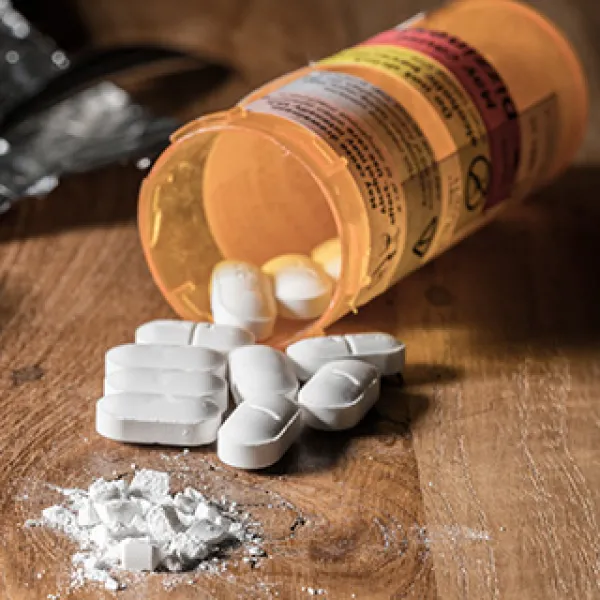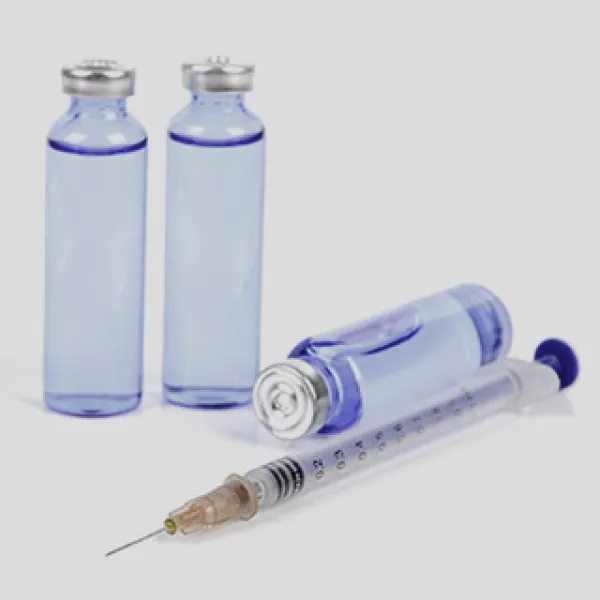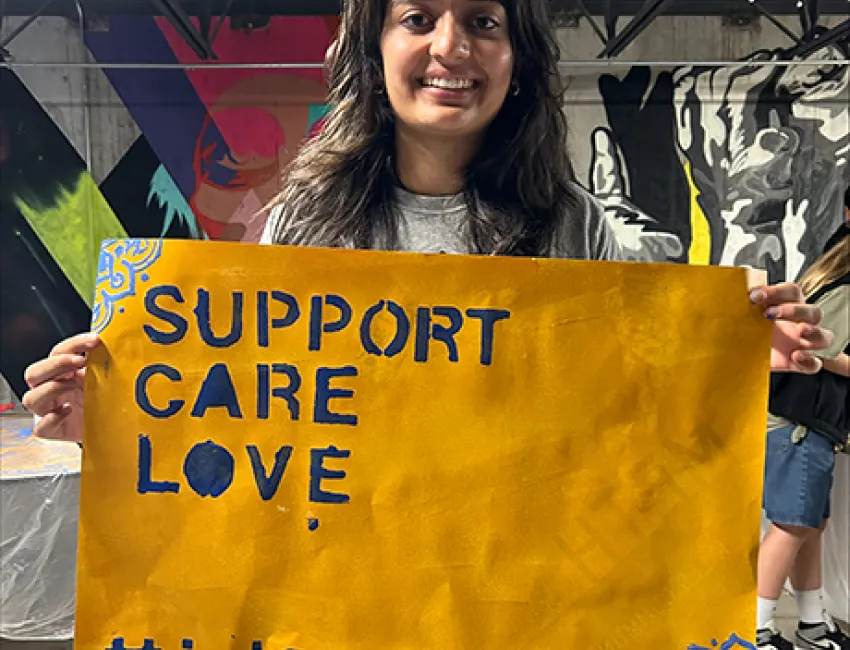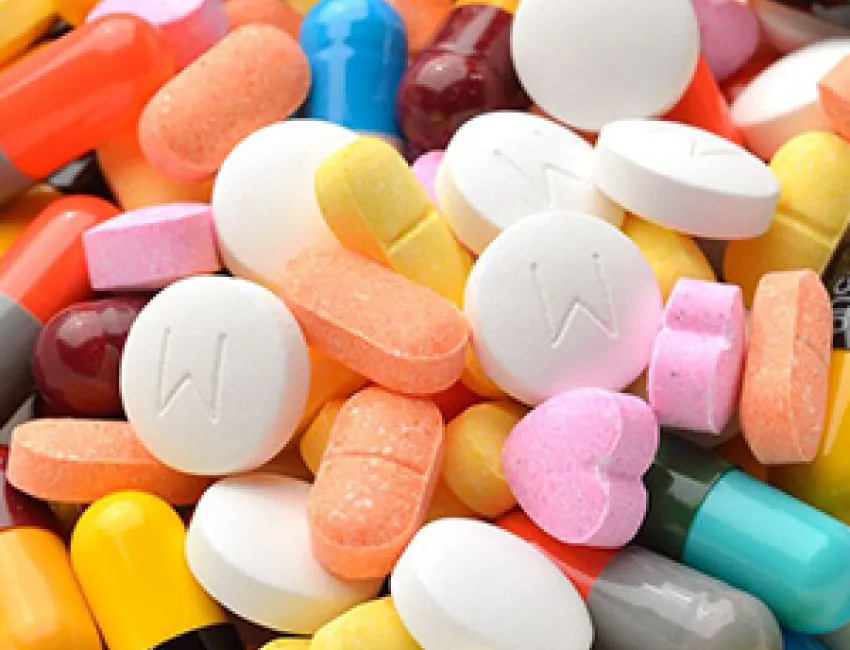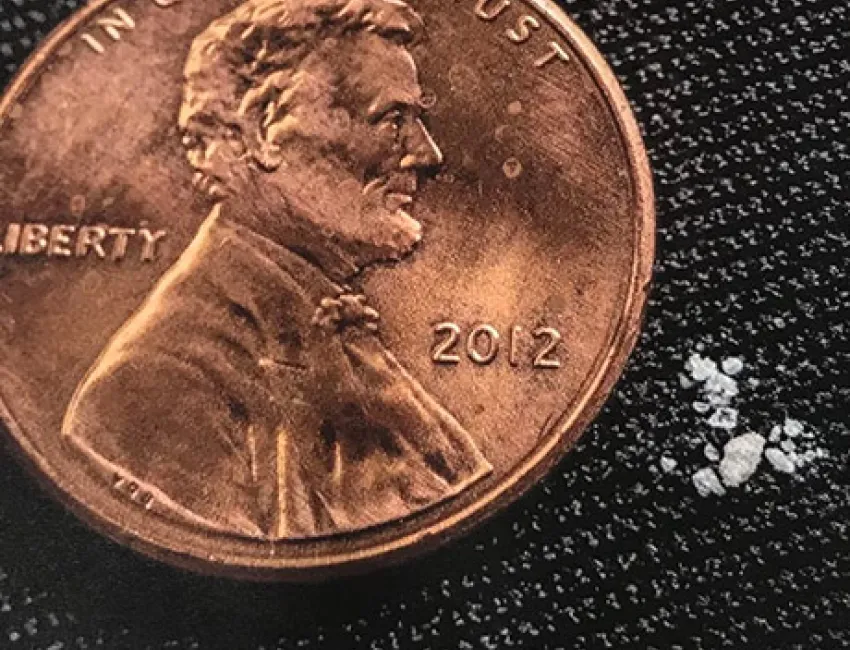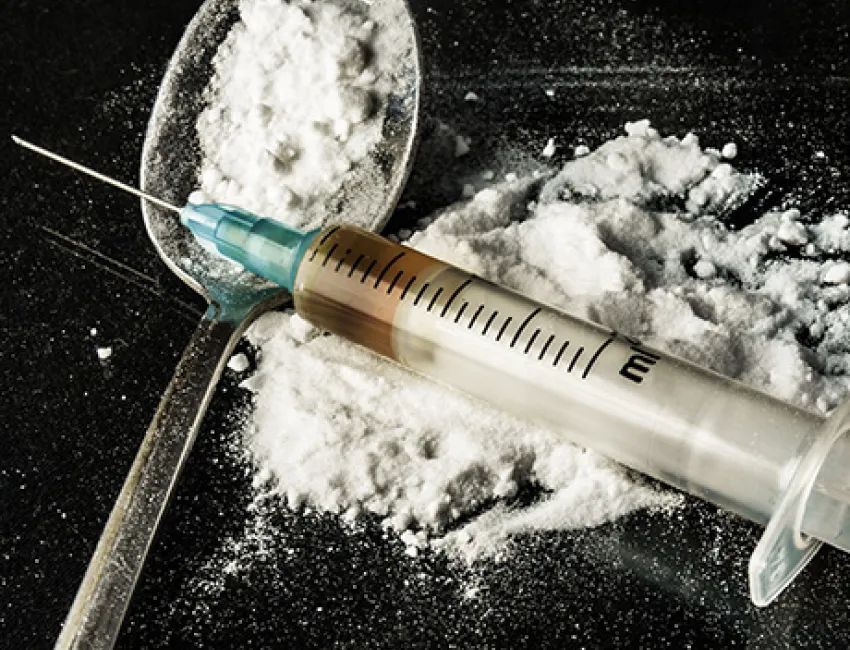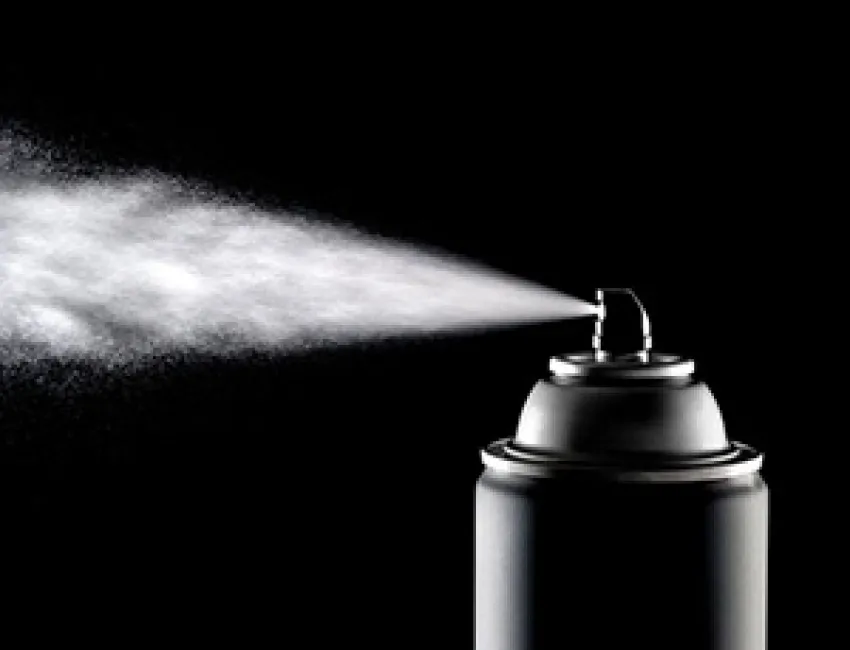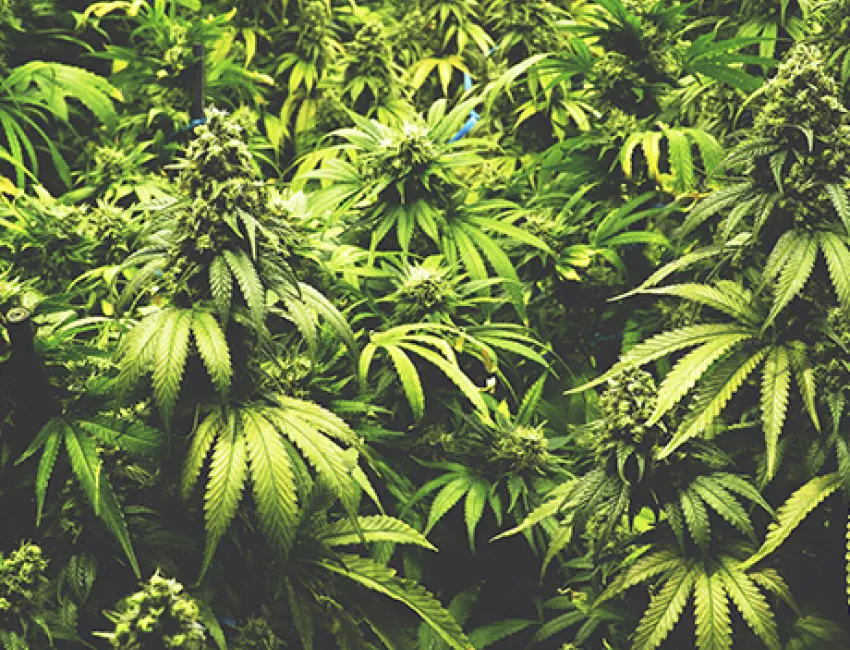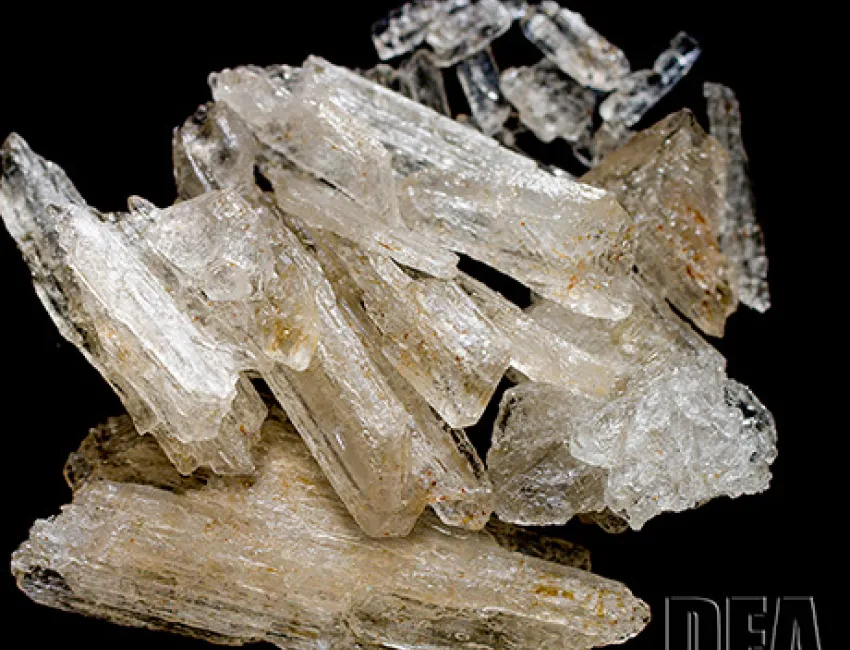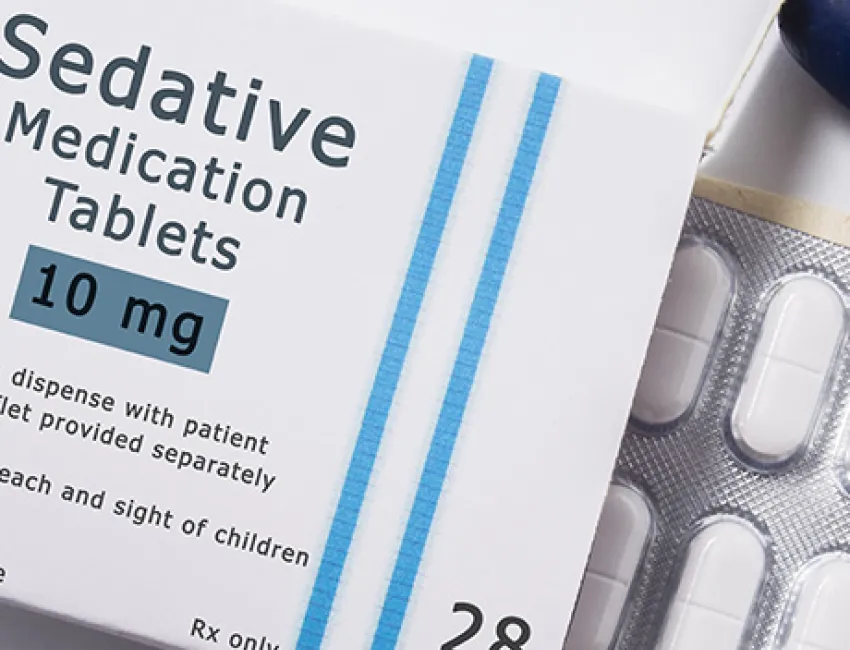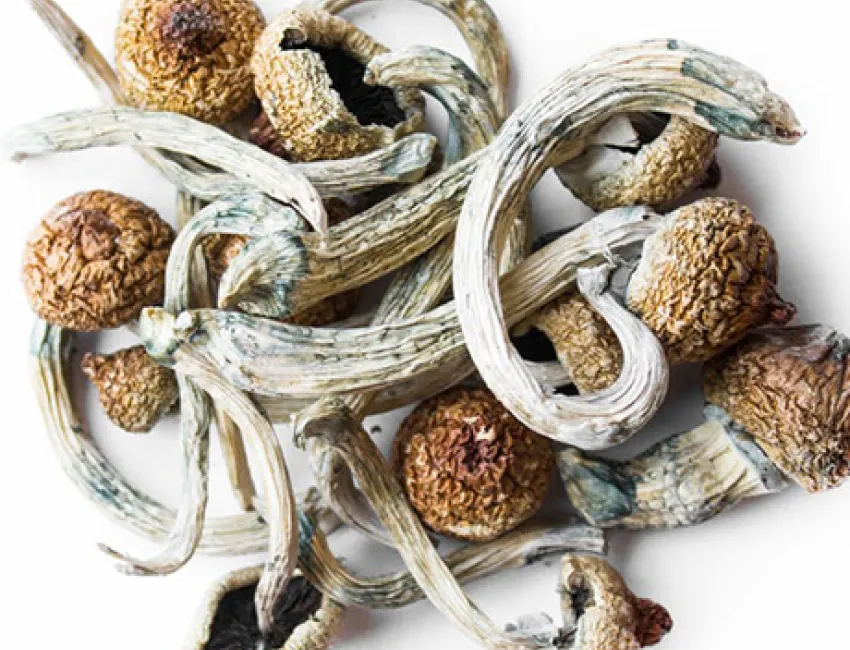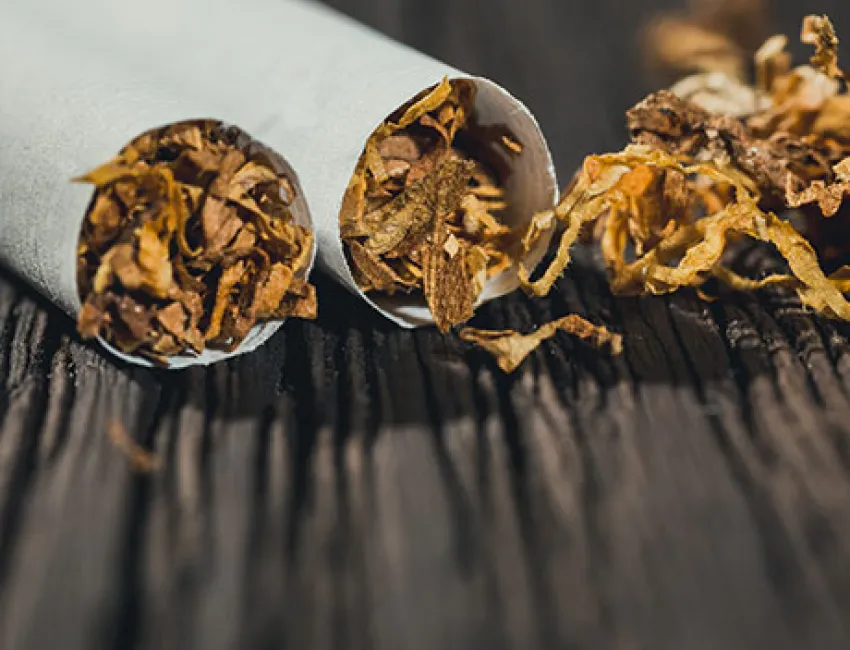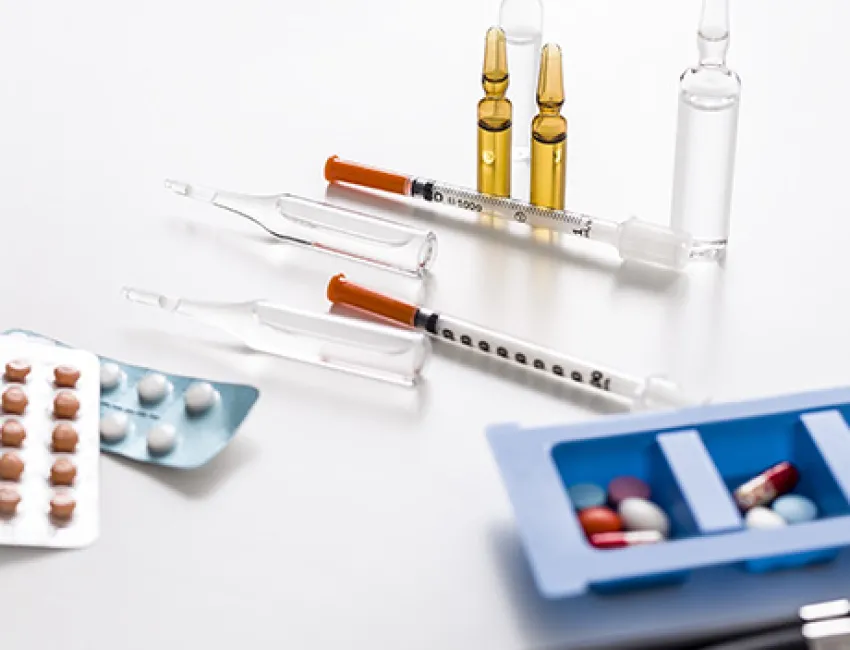
What exactly is prescription opioids, and why has it become such a big topic? Understanding the facts helps you cut through all the noise and mixed messages.
Prescription pain relievers, often called "opioids," are made in a laboratory to lessen the sensations of pain, slow breathing, and cause a dream-like state.
- Swallowed
- Snorted as a powder
- Smoked as a powder
- Patch
- Injected
Common Names
- Aunti Emm
- Big O
- Midnight Oil
- Mira
- Pen Yan
- God’s Medicine
- Chinese Molasses
- Chinese Tobacco
The main ingredient is derived from a plant called the opium poppy, which has been used for medicinal purposes for about 5,000 years. The ability of opioids to induce feelings of euphoria and relieve pain made them quickly spread across the globe. In 1527, a Swiss-German alchemist found that he could take opium poppy and combine it with other ingredients to create a pain reliever. People have been creating new medicines based on opium poppy ever since. Today, countless opioid drugs are available through a doctor's prescription.3 Pharmacists in the US fill roughly 80% of the world's opioid supply while serving less than 5% of the world's population. That means pharmacists in the US dispense enough prescription pain relievers every year to supply every person in the US with their own bottle of opioid pain relievers. 5
Morphine was first discovered in 1806 by a German chemist, and it arrived in America during the Civil War to treat injured soldiers. Unfortunately, the addictive nature of the drug trapped so many soldiers into addiction creating the first wave of opioid addiction, often known as the Soldier’s Disease. 14
Opioids are a class of prescription medicines generally used to relieve pain by reducing the intensity of pain signals reaching the brain, creating a sense of well-being by reducing tension, anxiety and aggression.6
Still, a third of all overdoses involve prescription pain relievers.
- Slowed physical activity
- Constriction of the pupils
- Flushing of the face and neck
- Constipation
- Nausea
- Vomiting
- Slowed breathing
- Loss of motor coordination
- Slurred speech7
- Dependence on the drug which can cause:8
- Confusion
- Continued use even when health, work, school or family are being harmed
- Episodes of violence
- Being unable to stop or reduce intake; need for daily or regular use to function and feel normal
- Neglecting to eat
- Not caring about physical appea
- Early withdrawal symptoms:
- Agitation
- Anxiety
- Muscle aches
- Increased tearing
- Insomnia
- Runny nose
- Sweating
- Yawning
- Late withdrawal symptoms:
- Abdominal cramping
- Diarrhea
- Dilated pupils
- Goose bumps
- Nausea
- Vomiting
- Drowsiness
- The inability to concentrate
- Apathy (lack of interest)
- Dependence (as described in short-term effects on the body above)
- Tolerance, creating a need to use more to get the same effect
- Brain damage
- Death
- Life in recovery
- Damaged relationships with friends and family
- Lost opportunities
Although only 3% of of prescription opioid users turn to heroin, 70% of heroin users say they started with prescription opioids. The connection is likely due to the body’s physical dependence on the drug and that after using the prescription opioid for awhile, your body builds a tolerance to it, causing the person to want more in order to obtain that original high, maintain a feeling of normalcy, or even just avoid the pains of withdrawal. Heroin, which is an illicit (illegal) opioid derived from the poppy plant just like prescription opioids, can be a cheaper and in some areas more accessible option than opioids.11
Just because someone is using a prescription opioid legally with a doctor’s approval, say for a broken leg or surgery recovery, this does not make them immune to addiction. By no fault of their own, their life can become, well, not their own anymore. If someone were to begin realizing symptoms of dependence, they should talk to their doctor immediately to set up a plan to safely wean (ease off) the drugs before things get out of hand. You can help your friend or family member realize those signs and get them back to the doctor to figure out a better plan for their pain management.
Overdose
Some preparations are so potent that a single dose can be lethal. They can cause paralysis or death as portrayed in the linked videos. Mixing prescription pain relievers with other substances also increases the risk of overdose. An opioid overdose can be identified by a combination of three signs and symptoms referred to as the “opioid overdose triad.” The symptoms are:
- Pinpoint pupils
- Unconsciousness (also known as “nodding off,” or going in and out of a sleep like state)
- Hypoventilation (breathing at an abnormally slow rate)
Every day, over 1,000 people are treated in emergency departments for misusing prescription opioids. Not to mention, in 2015 alone almost 35,000 deaths nationwide were caused by overdose from opioids.10
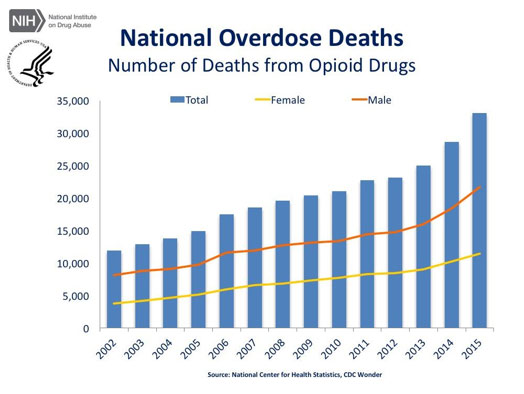
leftover pills
What can you do with all those leftover pills?
Many people have multiple prescriptions just lying around their house, for just in case...just in case may turn into a very problematic situation. Instead of letting old prescriptions lie around waiting to tempt someone, get rid of them safely! Drop-off locations exist in most counties in Colorado where prescriptions can be dealt with correctly at no cost to you. To find a location nearest you, visit TakeMedsSeriously.org.
Opioids are controlled substances that vary from Schedule I to Schedule V, depending on their medical usefulness, abuse potential, safety, and drug dependence profile. Schedule I drugs, like heroin, have no medical use in the U.S. and are illegal to distribute, purchase, or use outside of medical research. Schedule V drugs, such as the cough suppressant Robitussin A-C, have a lower potential for misuse and are pharmaceutical preparations containing limited quantities of narcotics.12
Don’t be fooled though by the medical nature of prescription or over-the-counter opioids, even legal drugs can get you into a lot of trouble. The following instances are illegal, even with legal drugs:
- Possessing or consuming a prescription drug without a lawful prescription
- Obtaining prescription drugs by fraud or doctor “shopping” (going to multiple doctors to obtain multiple prescriptions)
- Forging a prescription
- Selling prescription drugs, whether the original prescription is yours or not
- Even driving under the influence of prescription drugs can be a punishable offence.
Each state deals with these crimes differently, but Colorado penalties start with fines of $50-$100,000 and/or jail time of up to a year.13
1 http://riseaboveco.org/resources.html#community
3 Kuhn, Swartzwelder, & Wilson. (2008). Buzzed: The Straight Facts About the Most Used and Abused Drugs from Alcohol to Ecstasy.
5 https://www.cdc.gov/vitalsigns/opioid-prescribing/
6 https://www.drugabuse.gov/publications/research-reports/misuse-prescription-drugs/summary
8 https://medlineplus.gov/ency/article/000949.htm
10 https://www.drugabuse.gov/related-topics/trends-statistics/overdose-death-rates
11 https://www.drugabuse.gov/publications/research-reports/misuse-prescription-drugs/summary
12 https://www.dea.gov/druginfo/ds.shtml
13 http://codes.findlaw.com/co/title-18-criminal-code/co-rev-st-sect-18-18-403-5.html
14 Kuhn, Swartzwelder, & Wilson. (2008). Buzzed: The Straight Facts About the Most Used and Abused Drugs from
